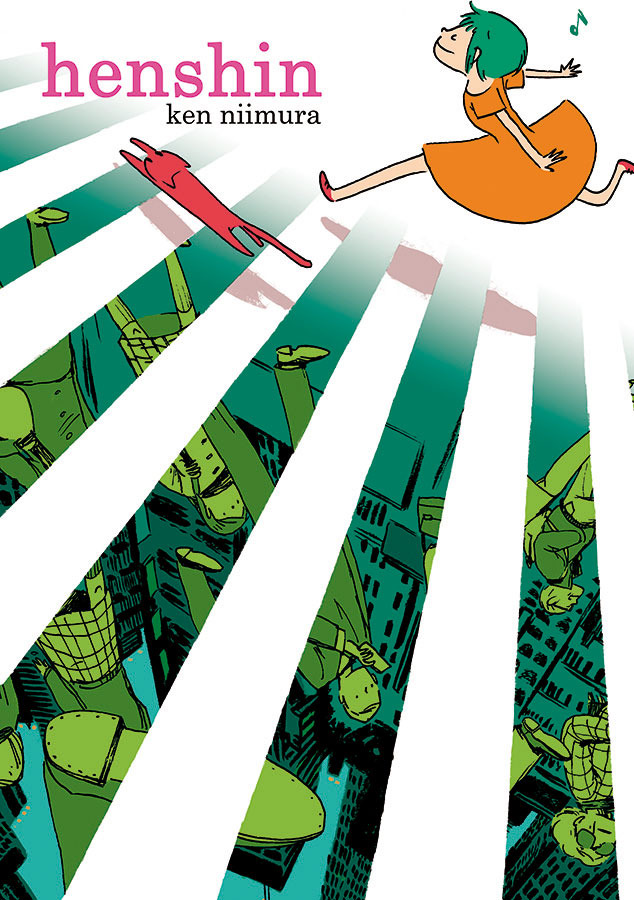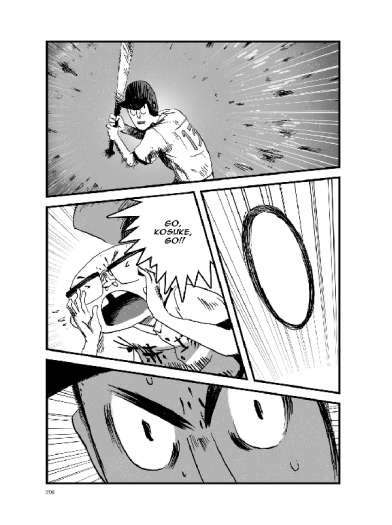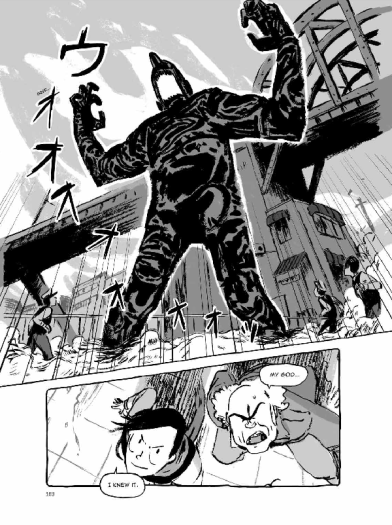Comic Review: Henshin
Sometimes in life, the smallest decisions you make can end up having the biggest impact. Ken Niimura, the acclaimed artist behind I Kill Giants (written by Joe Kelly), takes that concept to its fullest in Henshin. Distributed by Image Comics, Henshin tells 13 unique stories by Niimura that demonstrate how seamlessly insignificant choices and events can significantly change the life of the protagonist. Even if all the stories presented here don’t live up to their potential, Henshin stays true to its definition of “transformation” by illustrating such wondrous tales of humanity.
As previously stated, Henshin features 13 short stories written and illustrated by Niimura. The majority of the stories are stand alone, however, there are a few that connect with one another. The most obvious example of continuity are the stories detailing Niimura’s personal life as a struggling artist. Other stories vary in character, setting and tone. The first chapter, “No Good,” is about a teenage girl moving to her uncle’s house in Tokyo, to avoid school bullying at home. “The Bully Bros” tells a story of a family trying to hide their strange powers from the public, and how the youngest son struggles to keep it a secret, when entertaining the sons of his father’s boss. “The Victory Sign” is about two good friends that found each other through baseball.
Out of all the stories featured in the book, “The Victory Sign” is easily the strongest. The story begins with Kosuke and Keita drinking at a bar and recalling their high school days playing baseball. Without giving too much away, Keita’s admiration for Kosuke’s hard work in learning to bat, despite years of no visible improvements, was incredibly touching. The short stories about Niimura are lighter in tone and often humorous. Particularly the ones dealing with his love of cats, and how he became the caretaker of a mysterious feline.
The art style Niimura uses for each story is similar, but differs subtly in character designs and layout. His artwork is simple and slightly crude, but charming and delightfully expressive. The backgrounds are also gorgeous to view. “Watermelon in Summer” makes the best use of Niimura’s backgrounds, with its nature setting that shifts from cozy to disturbing atmosphere. Overall, Niimura’s artwork fits the exaggerated and grounded images of his stories, without veering too much in one direction.
If there’s a weak spot to Henshin, it’s that not every story in this graphic novel will stay with you for long, after you finished reading it. A common story trait in these chapters is presenting a common scenario with ease, then taking things up a notch with a shocking twist. These twists don’t come across as shock value, but do the job of grabbing you attention. However, when reading multiple stories with the same structure, it sorta becomes predictable. And in comparison to stories that focus more on character than unforeseen plot development, these twist-loving stories aren’t as compelling to revisit like the former.
At its worst, Henshin is a beautifully illustrated collection of shorts that you’ll only remember half of. At its best, Henshin illustrates Niimura’s amazing growth as an artist and storyteller in these diverse stories. Whether it be a one-time read, or a continuous investment, this book is worth a purchase.
Henshin is now available in stores.




